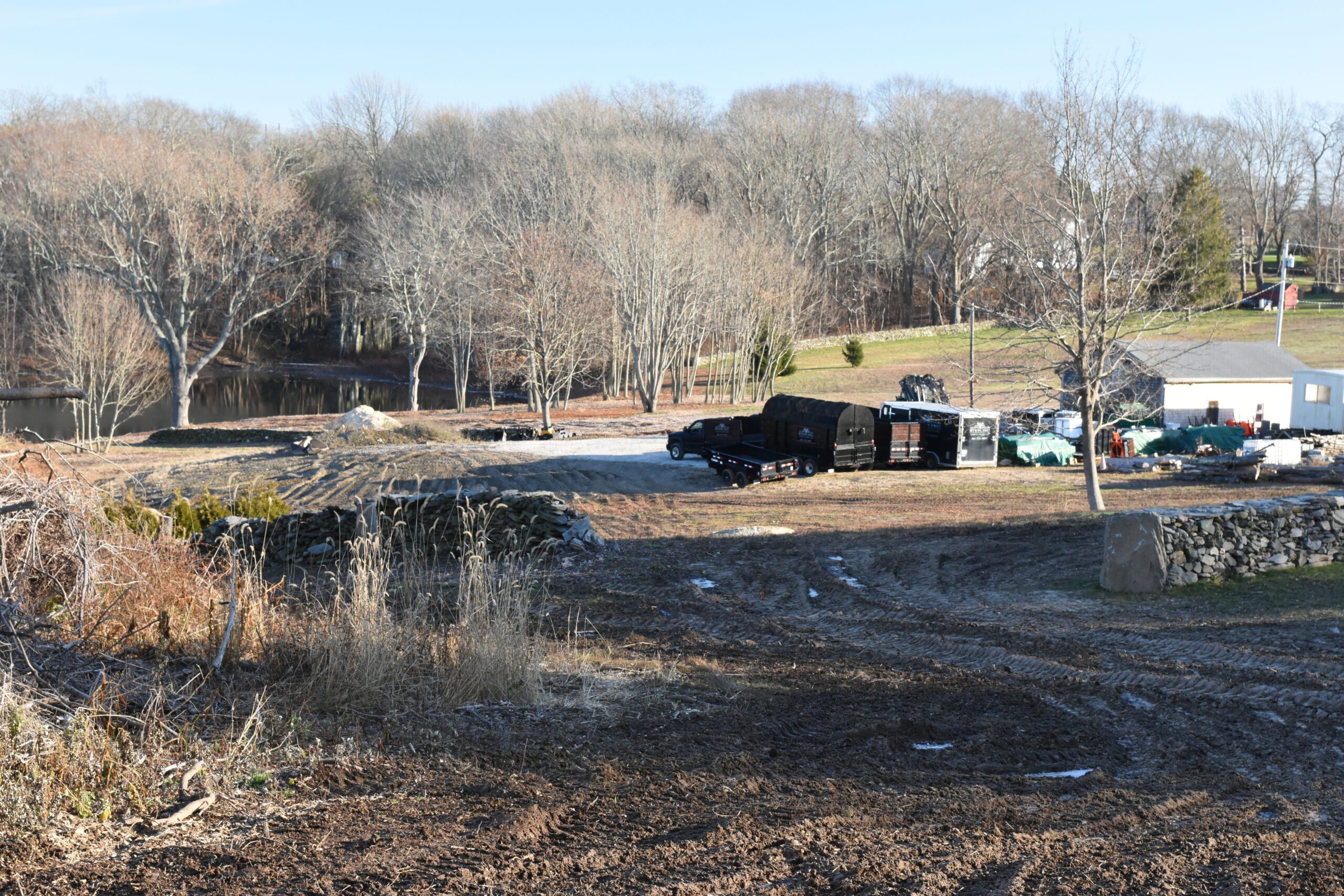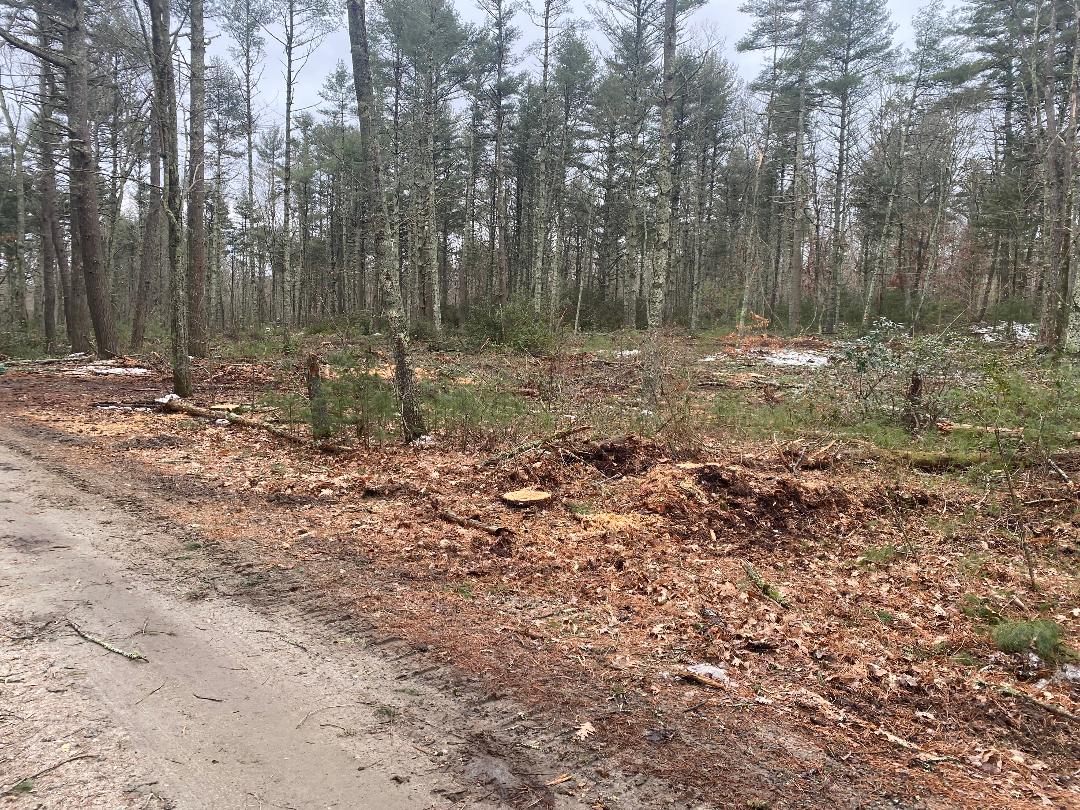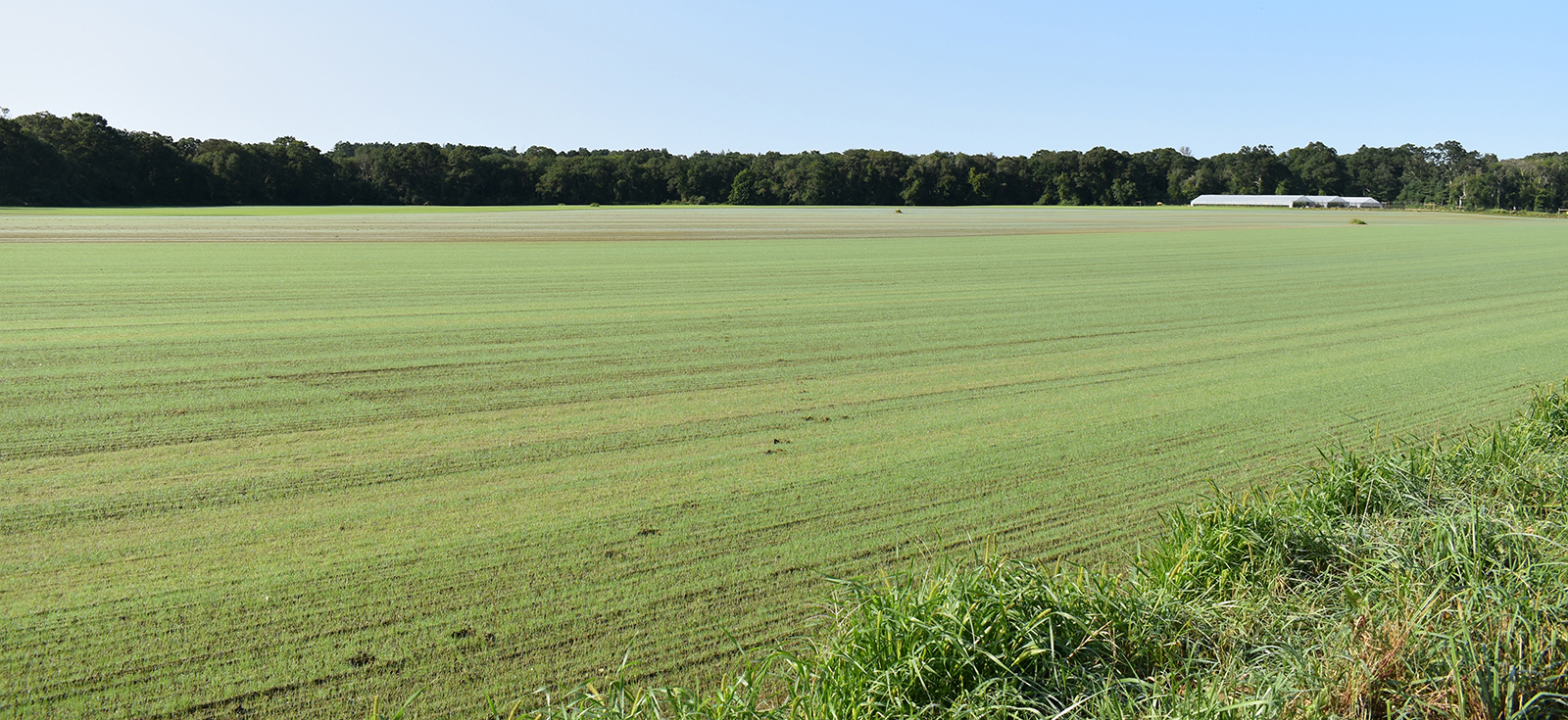Banking Campus Development Quickly Moving into Woods
June 1, 2016
JOHNSTON, R.I. — Plans for the Citizens Bank corporate campus, on forested private property, are moving ahead quickly, just as lawmakers promised. In the span of three months, the project has been lauded by the governor and mayor, been given a tax deal by the Town Council, received preliminary approval from the Planning Board, and amendments to the town’s comprehensive plan and zoning ordinance have been recommended favorably to the Town Council.
In March, Citizens Financial Group announced plans to build a new banking campus in the Johnston woods, on property owned by DAC Properties LLC. A month later, the Town Council unanimously approved a 20-year tax agreement with the 13th-largest bank in the United States.
The bank’s new corporate campus would be built on a 109-acre site off Greenville Avenue, near Interstate 295. The 420,000-square-foot facility, being planned for a 2018 opening, would house some 3,200 employees, and would require the construction of new highway ramps, with taxpayers picking up half the cost, and the extension of sewer service to the area.
The Rhode Island Department of Transportation is on the hook to fund half of the $6 million cost to build the new I-295 ramps.
The property is currently zoned for residential use, but zoning/comprehensive plan amendments seek a change to a commercial designation. Site plans are being reviewed, and the proposed development would include a parking garage, three separate but interconnected buildings and recreational fields, according to paperwork filed with the Rhode Island Department of Environmental Management (DEM).
Mayor Joseph Polesina has told the Town Council that the proposed Citizens Bank project would be more financially advantageous to the town than other types of development. The mayor has ignored several messages left by ecoRI News to talk about the proposed banking campus and its impact.
In the center of the 109-acre site there is a nearly 4-acre parcel that once served as an illegal landfill. From the early 1950s to about 1963, “Tuckers Industrial Dump” accepted a mix of industrial, commercial and residential waste, according to DEM documents.
In 1984, the state asked the Environmental Protection Agency (EPA) to investigate the dumpsite, which is in the Woonasquatucket River watershed. The request was made after firefighters, who, while battling a brush fire, reported seeing “funny green flames” and “smoke coming from a number of rusted barrels.”
A subsequent DEM investigation resulted in the discovery of more than 100 rusted 55-gallon drums. Most of the drums were severely deteriorated, and a few were partially filled with chemical residue, according to the DEM file on the former landfill.
Various site assessments and soil analyses conducted in the 1980s and ’90s found elevated levels of metals, pesticides, volatile organic compounds, semi-volatile organic compounds, polyaromatic hydrocarbons and polychlorinated biphenyls. The EPA has since classified the dump a “lower priority” under the federal agency’s Superfund program.
A “remedial action work plan was submitted to DEM by the land owner,” according to a Citizens Bank spokeswoman. She said she didn’t know how much it would cost to remediate the dumpsite.
Polesina has told the Town Council that the costs associated with cleaning up the dumpsite range between $3 million and $6 million. That project will be part of the development at no cost to the town, according to the mayor.
The Rhode Island Resource Recovery Corporation (RIRRC), operators of the Central Landfill, asked DEM for approval to use the material to be removed from Tuckers Industrial Dump as controlled fill. Chemical tests conducted on the waste to be removed confirmed that the material is not hazardous, according to a three-page RIRRC letter dated April 11 sent to DEM.
Contractors began excavating soil May 1, according to paperwork filed with DEM.
Citizens Bank hasn’t filed an environmental impact study, but, according to the bank’s spokeswoman, an environmental assessment is underway for the highway ramps and there is a habitat assessment underway for the campus.
The entire 109-acre site is characterized as mostly forest and brush land with a small amount of medium-density residential land along Greenville Avenue. Prior to 1950, portions of the property were used as a dairy and horse farm.
No buildings are currently on the site, and there is evidence of all-terrain vehicle traffic in the northeast portion of the property near I-295. Local residents use the dirt paths for nature walks, and there is some evidence of hunting/shooting happening on the property, such as discarded shotgun shells and bullet holes in aged refuse, according to DEM documents.
About six years ago, the property was briefly considered as a potential site for wind turbines.
Opponents of the development project have spoken out against possible changes to Johnston’s comprehensive plan, questioning the impact of the proposed development on traffic, residential wells and property values. Opponents are also concerned about the loss of more forestland.
Categories
Join the Discussion
View CommentsRecent Comments
Leave a Reply
Your support keeps our reporters on the environmental beat.
Reader support is at the core of our nonprofit news model. Together, we can keep the environment in the headlines.
We use cookies to improve your experience and deliver personalized content. View Cookie Settings




dont feel bad the mayor wont answer dan yorke show either on how he can give citizens bank a tax break when its in violation of ri law 44-3-9 sec f http://webserver.rilin.state.ri.us/Statutes/TITLE44/44-3/44-3-9.HTM
Not everyone, even in Johnston, is so pleased with this. I note a letter in the May 26 Johnston Sunrise signed by a representative of the Johnston Homeowners and Neighbors Association decrying what Raimondo and Polisena have done to facilitate this project which threatens to turn pleasant Greenville Avenue into another ugly commercial strip choked with traffic.
I’ll also note the contrast with what I just read about Denver, CO which has had unusual success in recovering from the 2008 recession. One key element noted in the article was regional cooperation in which various communities there support each other rather than undermine each other as Johnston has done, cannabilizing existing jobs in Cranston, Providence, East Providence. The state is a triple loser, losing open space, spending tax money for the project, and losing net tax revenues as Citizens is getting some kind of new tax break from the town.
I think we should regard Citizens Bank as a disgusting anti-environment corporation.
People who are customers of Citizens bank can express their displeasure over the new location in the woods by transferring their accounts out of Citizens bank and telling them why you are leaving. I did.
Put your money in a bank whose policies do not contradict your beliefs.